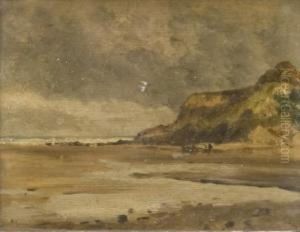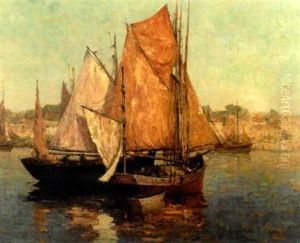Marcel Louis Sauvaige Paintings
Marcel Louis Sauvaige was a French architect known for his contributions to the modernist movement in architecture. Born on October 19, 1889, in Nancy, France, Sauvaige was part of a generation of architects that sought to break away from traditional architectural styles and embrace the possibilities of new materials and technologies.
Sauvaige initially studied at the École des Beaux-Arts in Nancy before moving to Paris, where he continued his education at the École des Beaux-Arts de Paris. His formative years coincided with a period of great innovation in the field of architecture, with the rise of Art Nouveau and later the emergence of Art Deco and modernism. These movements greatly influenced Sauvaige's approach to design, which was characterized by a focus on functionality, simplicity, and the use of new building materials such as reinforced concrete.
Throughout his career, Marcel Sauvaige was involved in various projects ranging from residential to commercial and public buildings. One of his most famous works is the Cité de la Muette at Drancy, which he co-designed with the architect Eugène Beaudouin. Originally intended as a social housing complex, it was later infamously used as an internment camp during World War II. Sauvaige's work on the project was indicative of his commitment to social welfare and his belief in the power of architecture to improve living conditions.
Sauvaige's architectural style evolved over the years, reflecting the changing tastes and ideologies of the time. Despite the shifts in his design approach, his work consistently demonstrated a keen understanding of spatial dynamics and an ability to integrate buildings within their urban context.
Marcel Louis Sauvaige continued to practice architecture until his death on March 17, 1973. Although not as widely known as some of his contemporaries, his contributions to the field of architecture, particularly in the realm of public housing and urban planning, remain influential. He is remembered for his innovative spirit and his dedication to creating functional, human-centric architecture.

